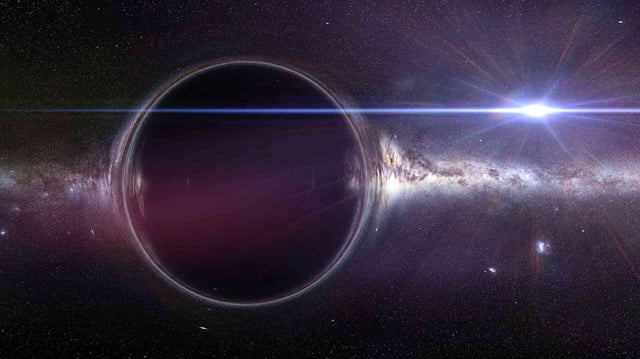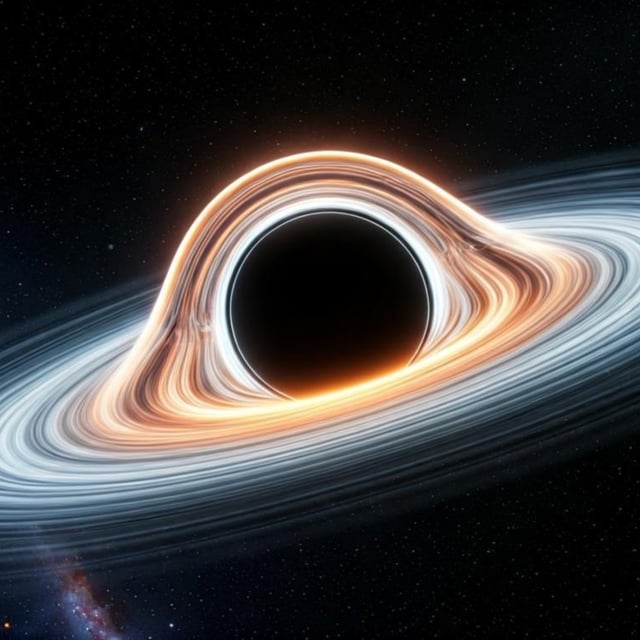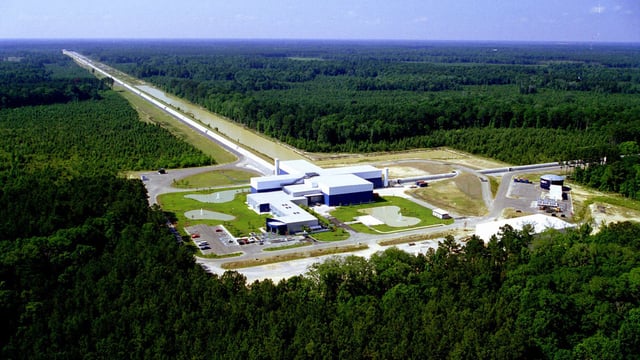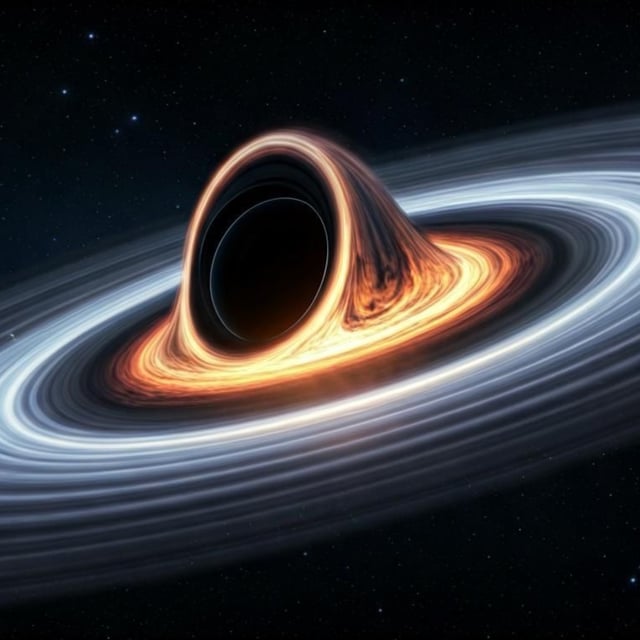Overview
- GW231123 fused roughly 100 and 140 solar-mass black holes into a record-setting remnant of about 225 solar masses, marking the heaviest merger detected so far
- Both progenitor masses lie within the pair-instability mass gap, challenging standard stellar evolution and suggesting they may be products of earlier mergers
- The component black holes spin at approximately 80–90 percent of the relativistic limit, complicating signal extraction with existing waveform models
- Researchers at Glasgow conferences have unveiled updated waveform models aimed at decoding the event’s complex, high-spin signature
- The LIGO-Virgo-KAGRA collaboration is planning upgrades to current observatories and investing in projects such as LIGO-India and the Einstein Telescope to enhance future sensitivity



